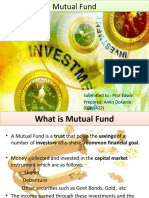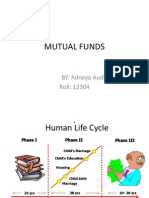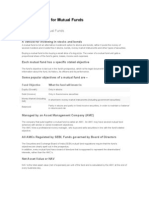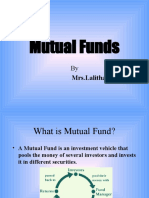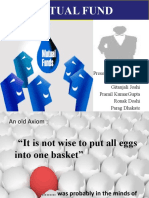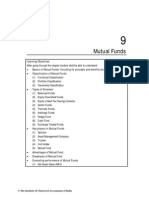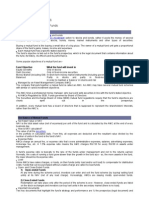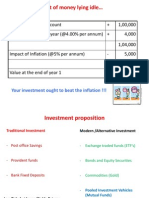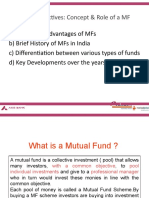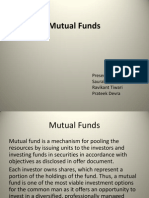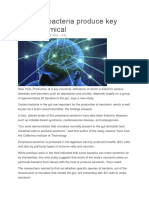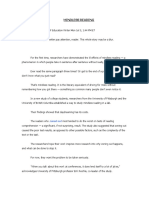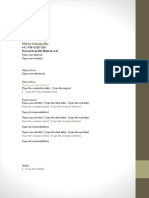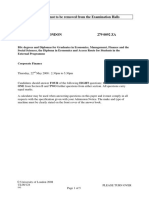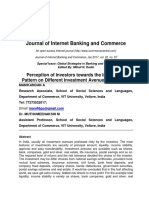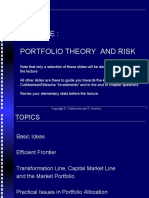0% found this document useful (0 votes)
103 views9 pagesMutual Fund Basics and Structures
A mutual fund is a trust that pools money from investors and invests it in stocks, bonds, and other securities. Investors own units of the fund, and gains or losses from the underlying investments are passed through proportionately to unit holders. This allows individual investors to own a diversified portfolio typically managed by professionals at a low cost. The three key constituents of a mutual fund are the sponsor, the asset management company (AMC) that handles day-to-day operations, and a trustee. There are various types of mutual funds categorized by their underlying investments including equity, debt, hybrid, and more specialized funds.
Uploaded by
kk ppCopyright
© © All Rights Reserved
We take content rights seriously. If you suspect this is your content, claim it here.
Available Formats
Download as DOCX, PDF, TXT or read online on Scribd
0% found this document useful (0 votes)
103 views9 pagesMutual Fund Basics and Structures
A mutual fund is a trust that pools money from investors and invests it in stocks, bonds, and other securities. Investors own units of the fund, and gains or losses from the underlying investments are passed through proportionately to unit holders. This allows individual investors to own a diversified portfolio typically managed by professionals at a low cost. The three key constituents of a mutual fund are the sponsor, the asset management company (AMC) that handles day-to-day operations, and a trustee. There are various types of mutual funds categorized by their underlying investments including equity, debt, hybrid, and more specialized funds.
Uploaded by
kk ppCopyright
© © All Rights Reserved
We take content rights seriously. If you suspect this is your content, claim it here.
Available Formats
Download as DOCX, PDF, TXT or read online on Scribd
/ 9

